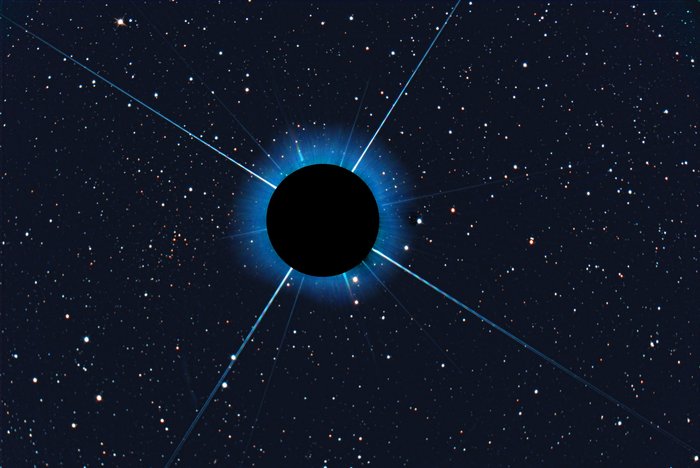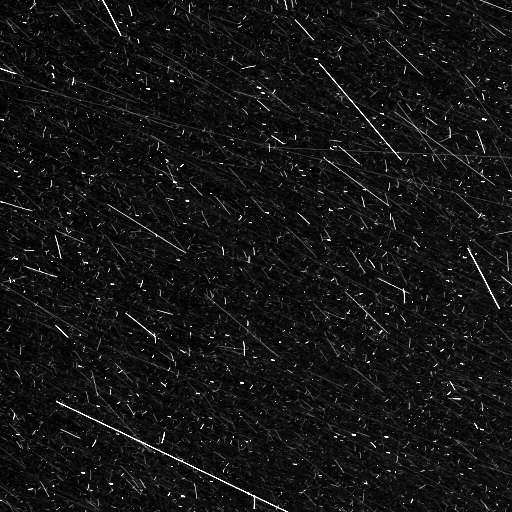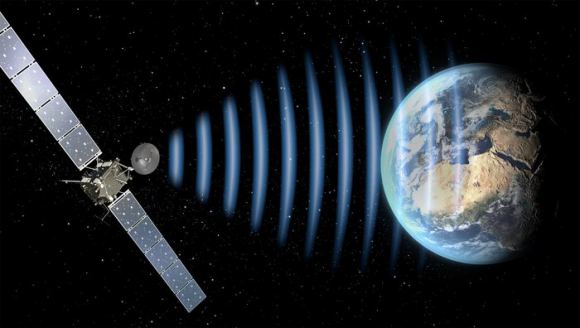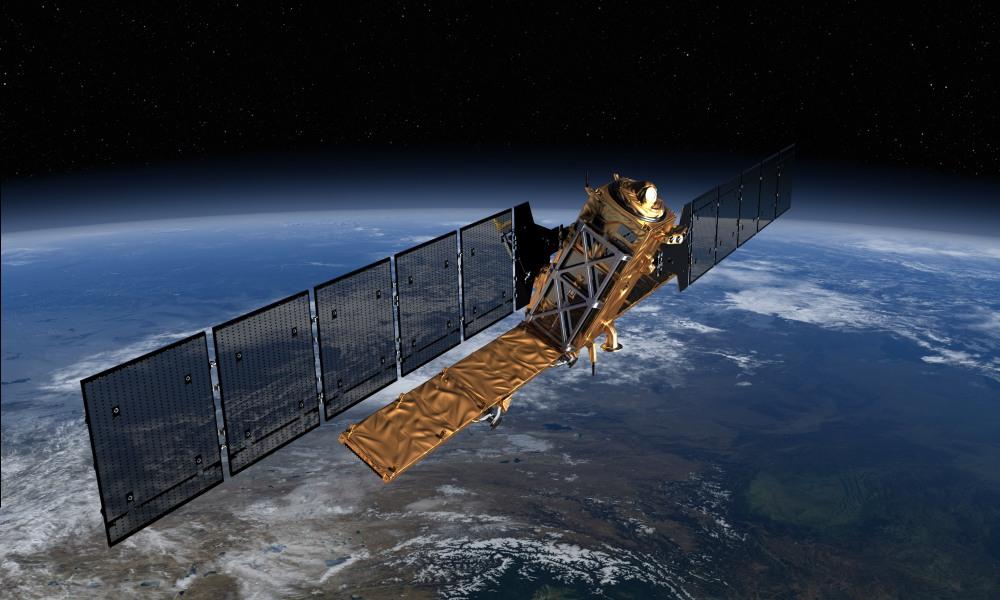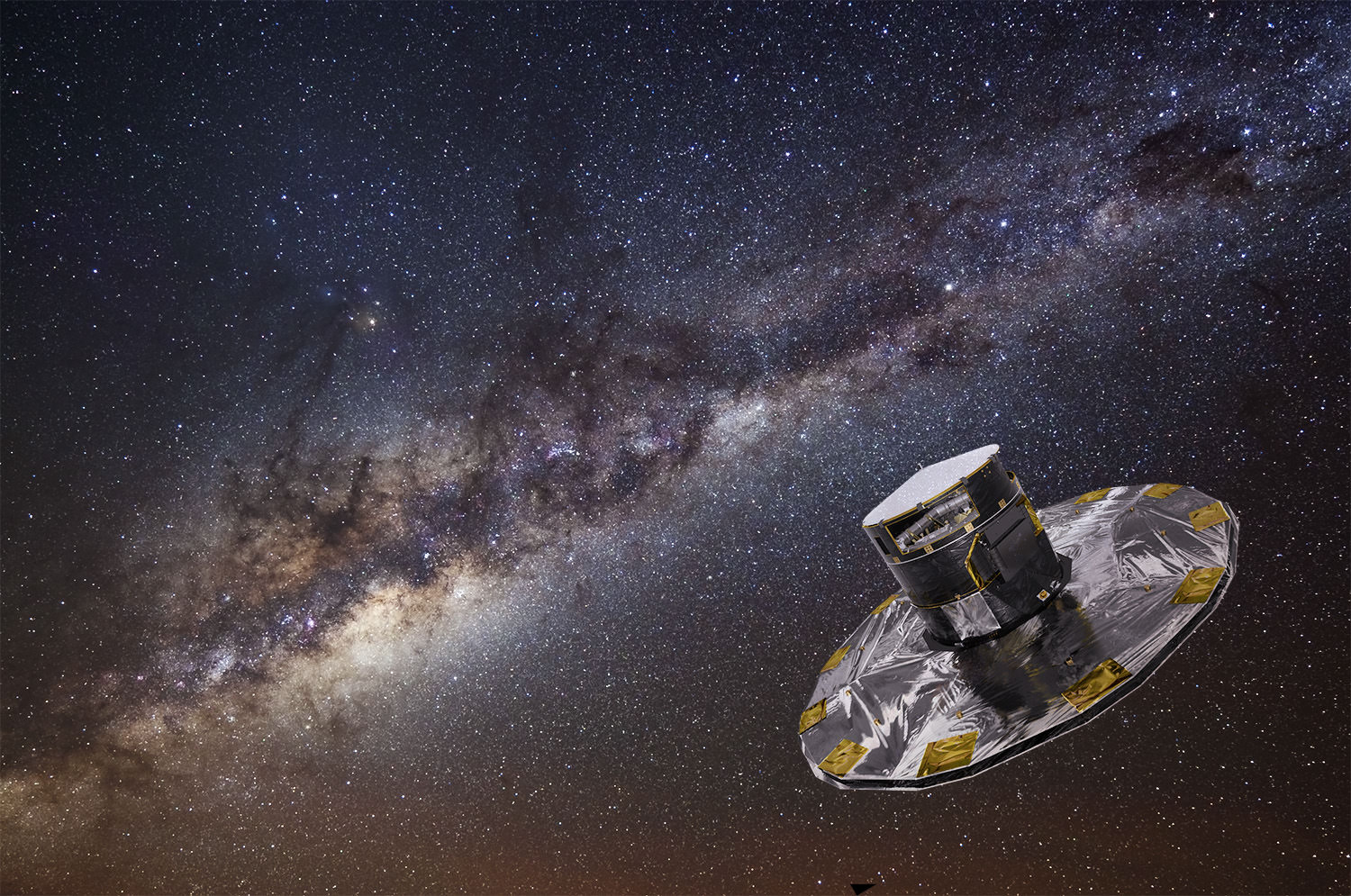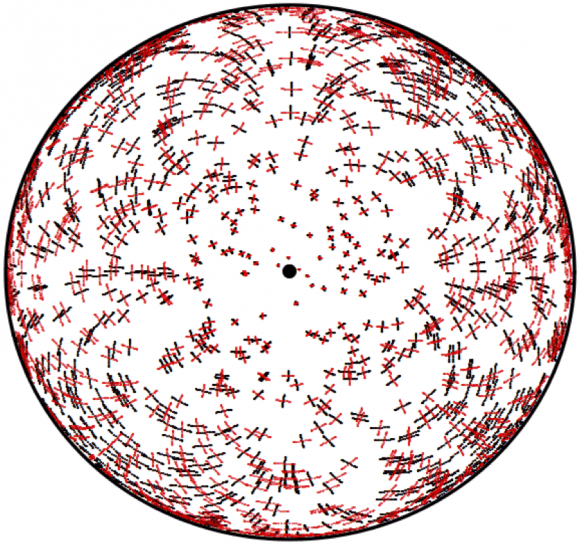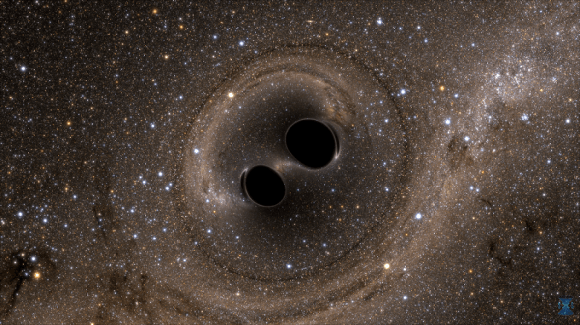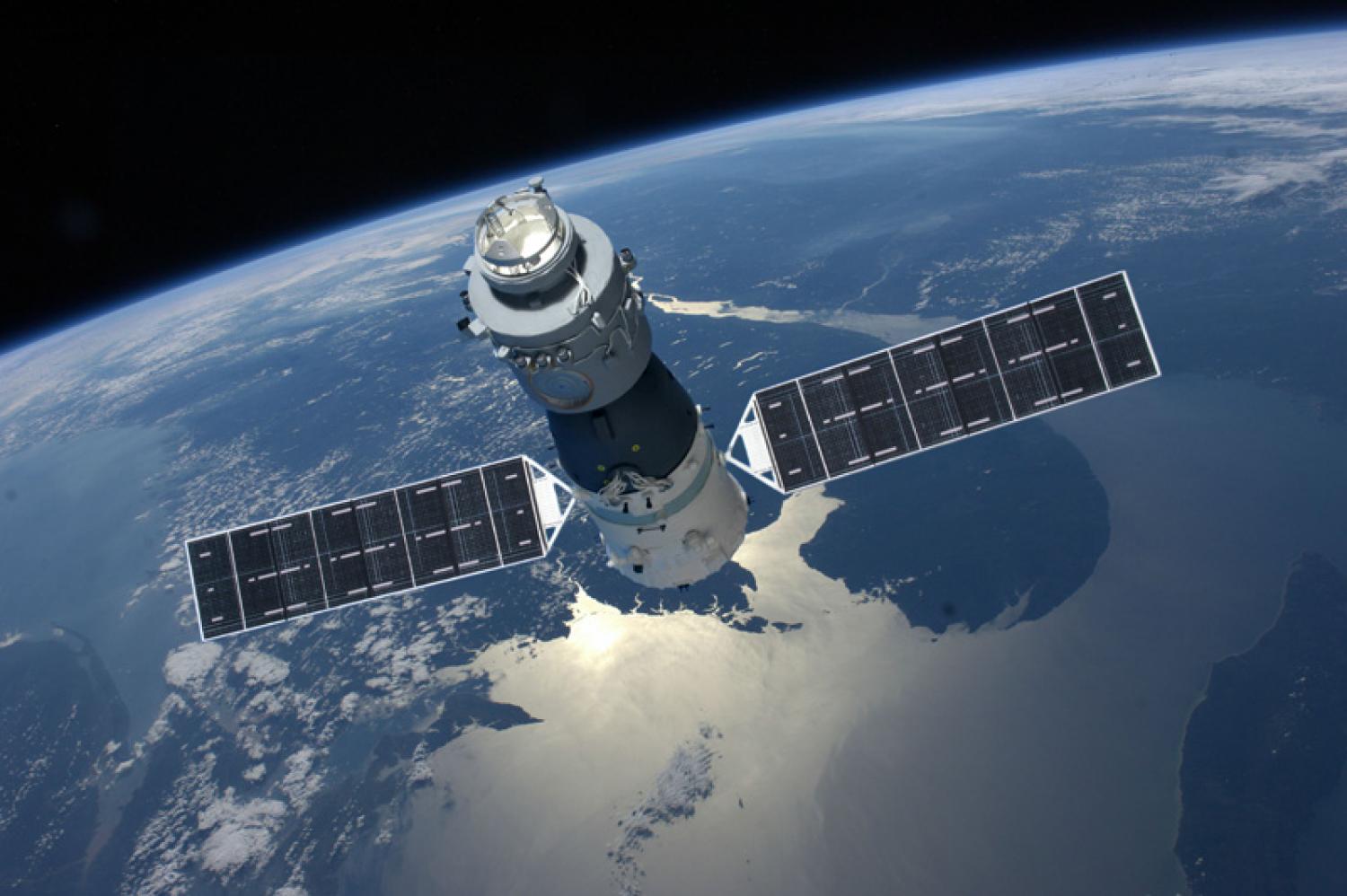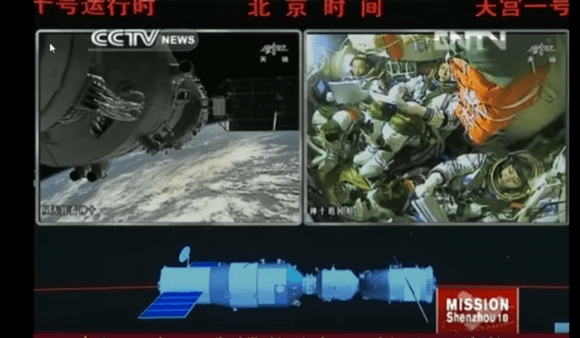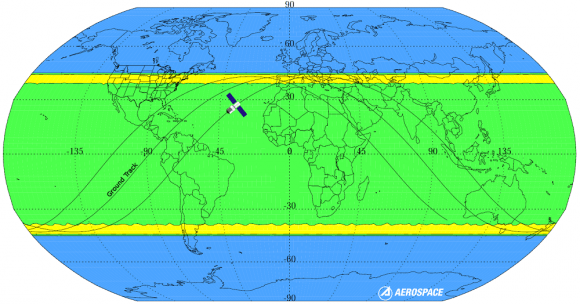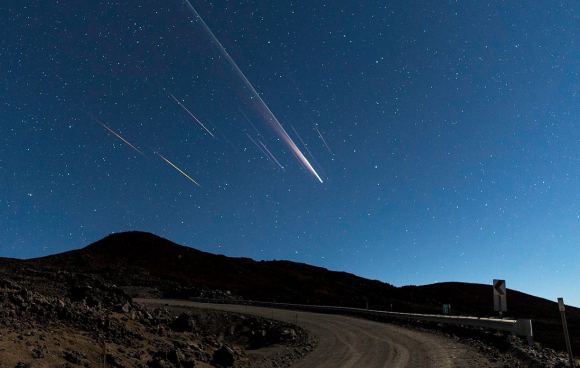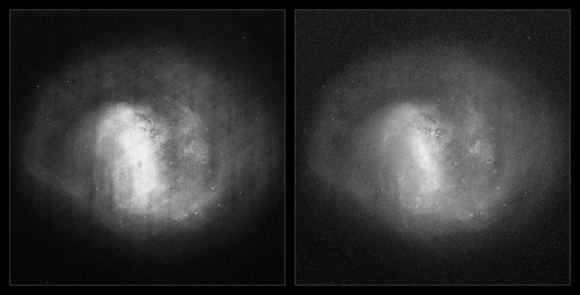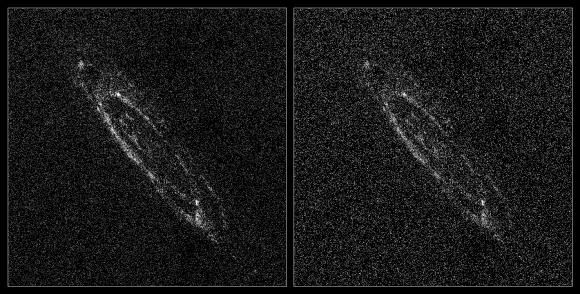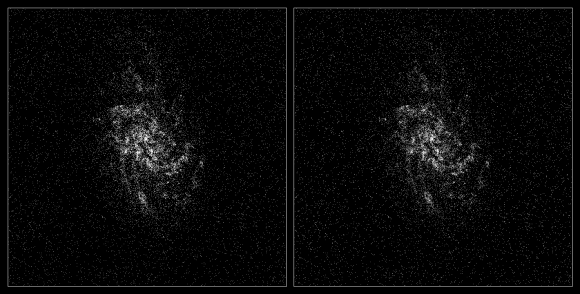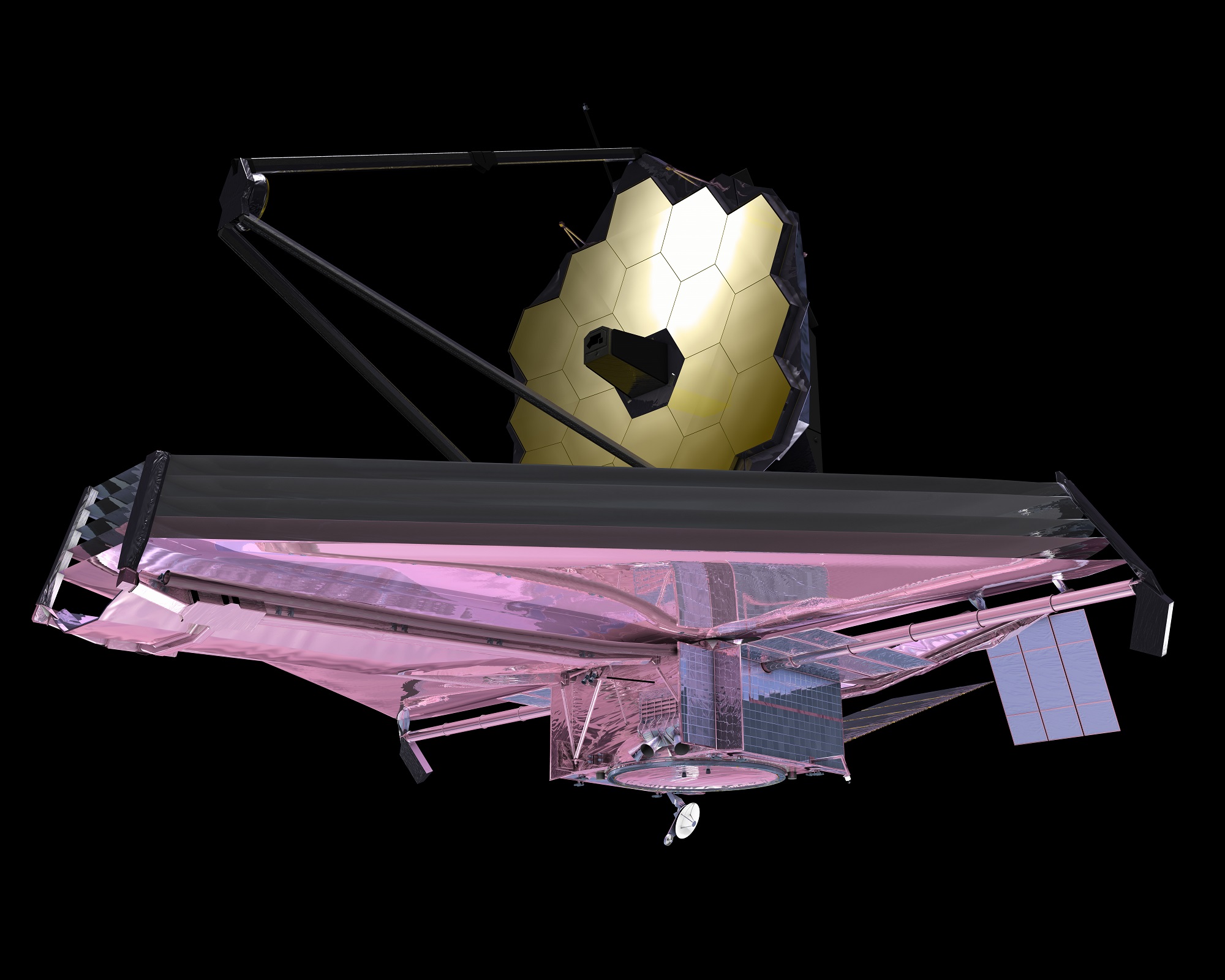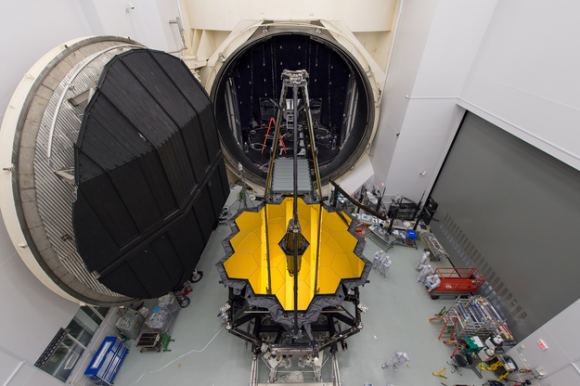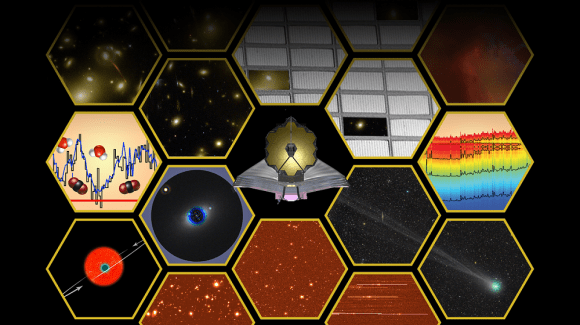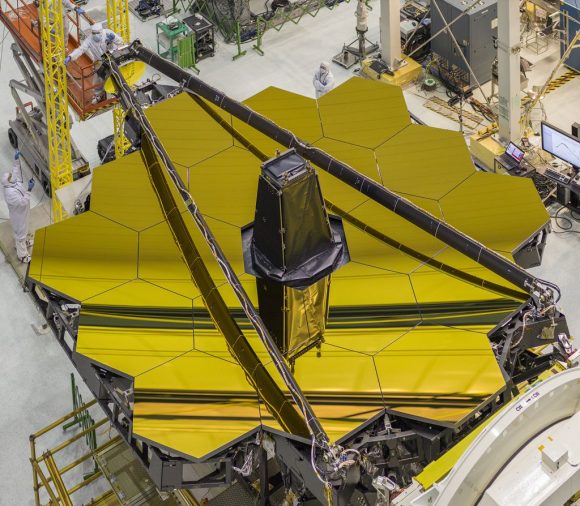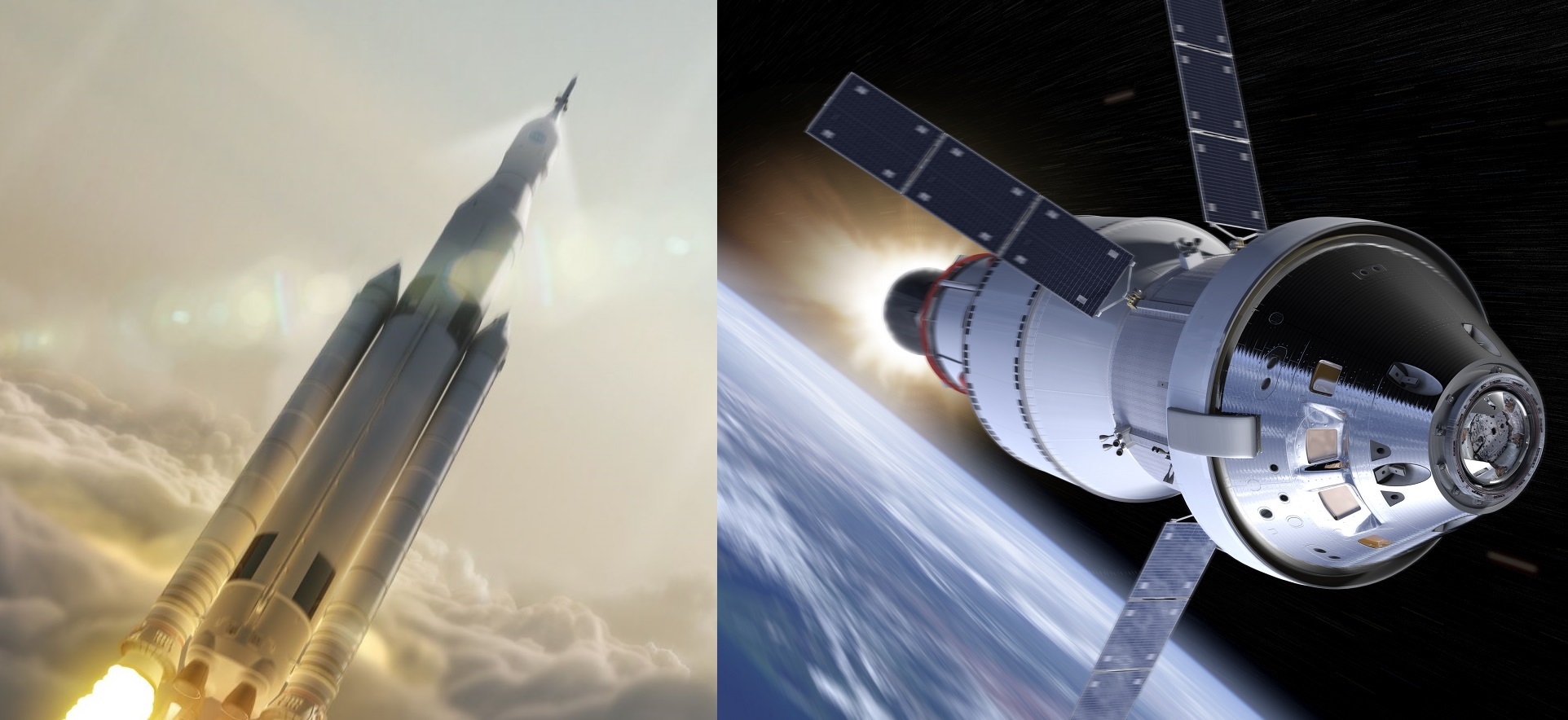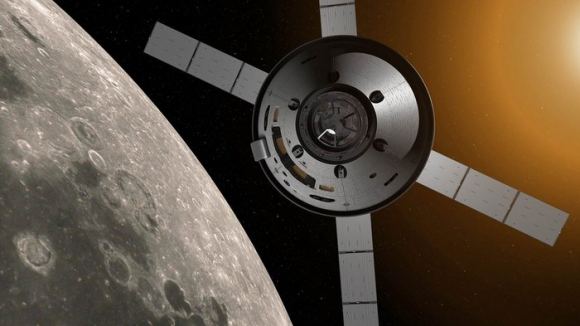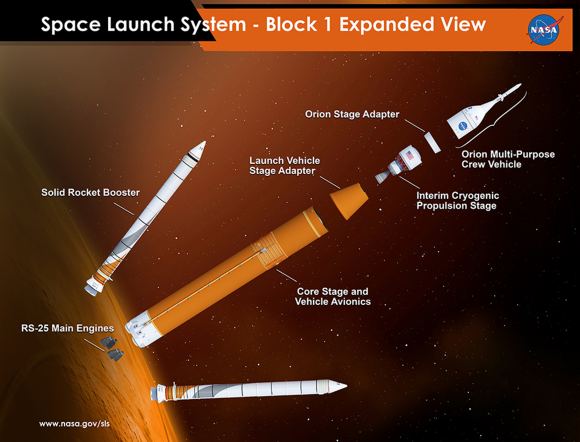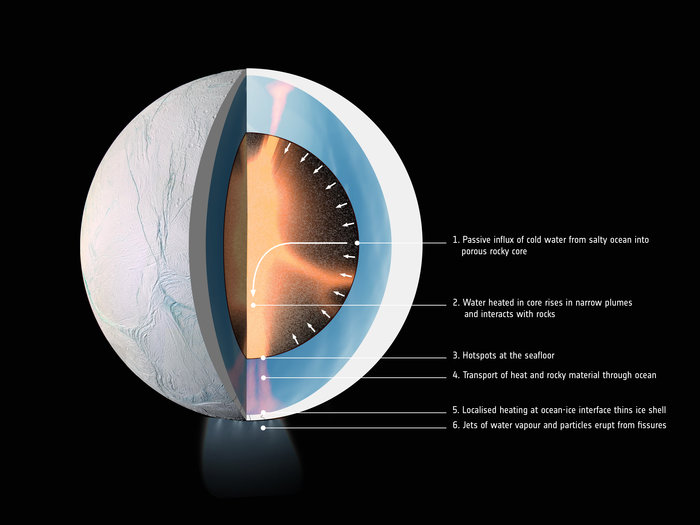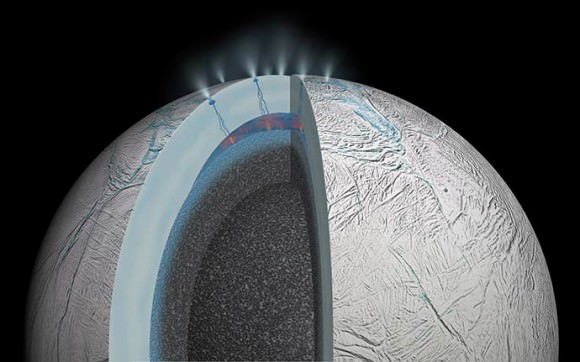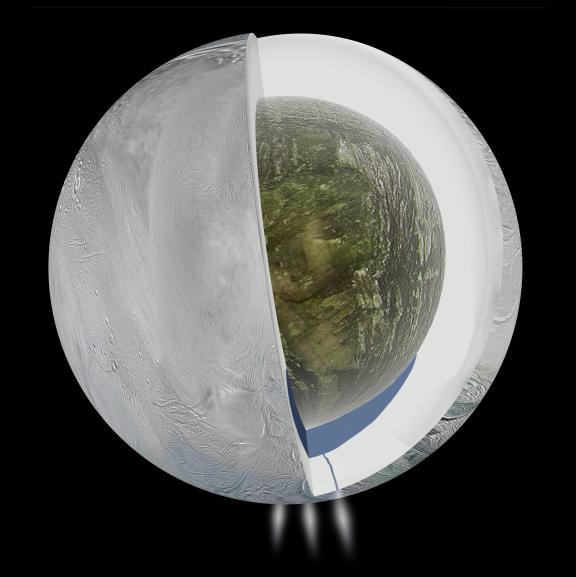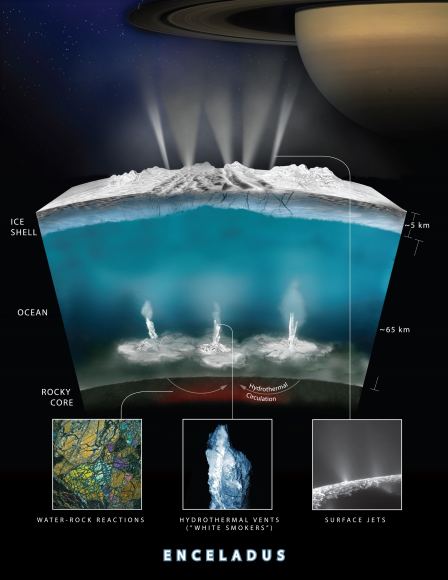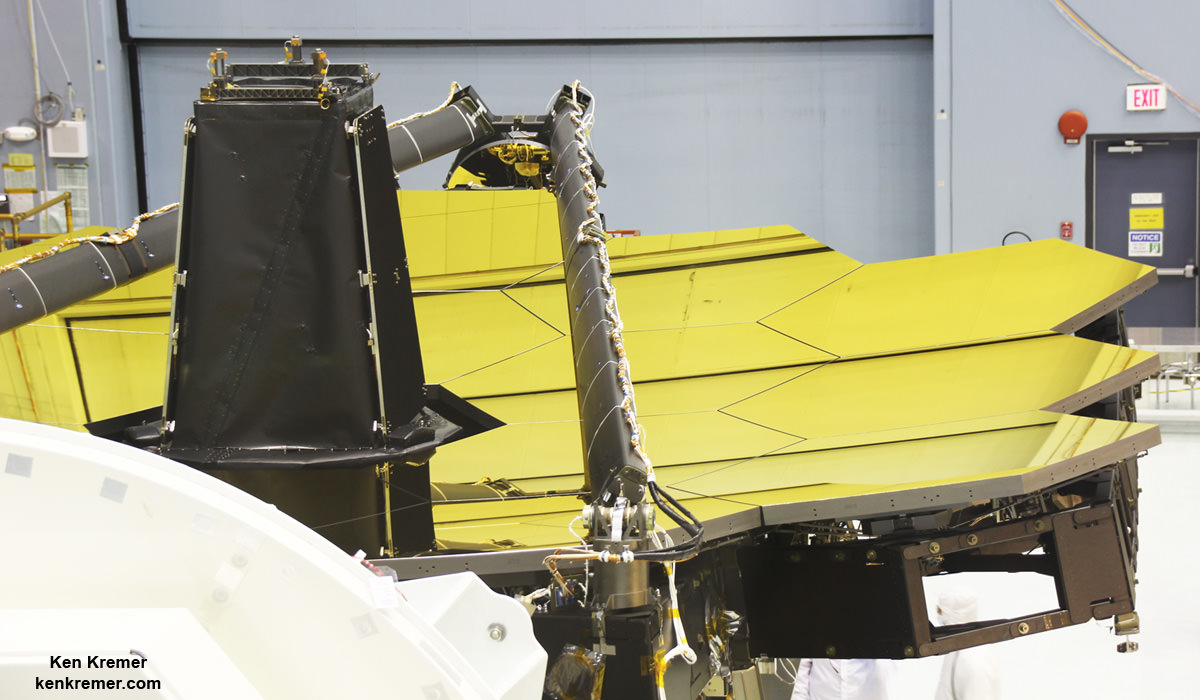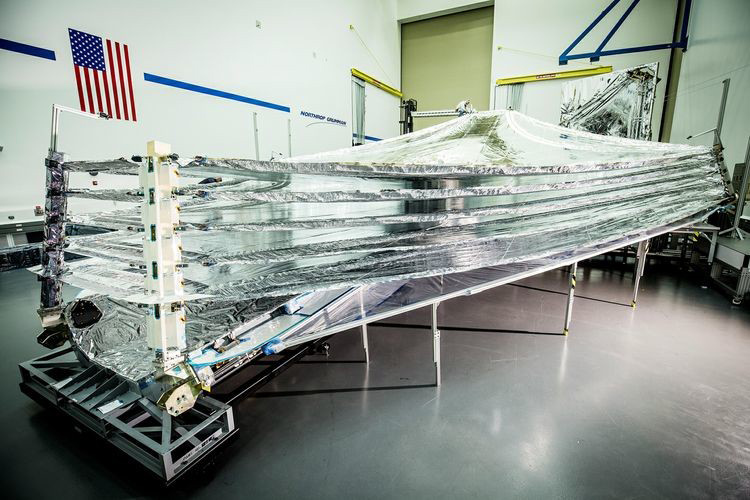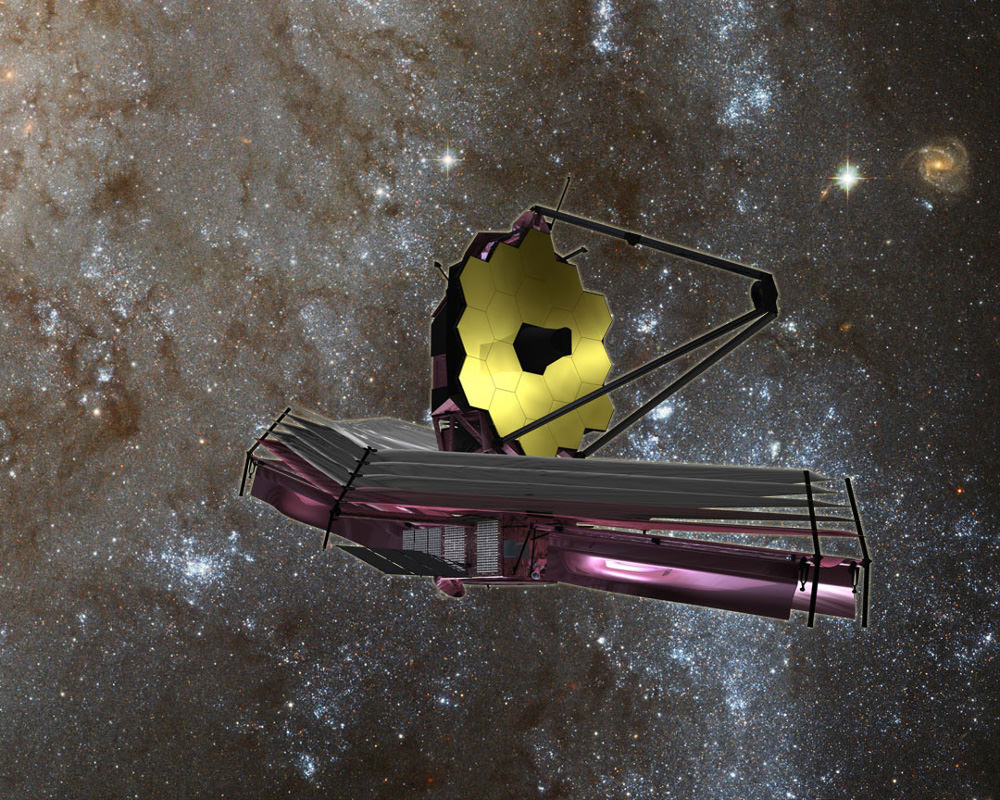In December of 2013, the European Space Agency’s Gaia mission took to space. Since that time, this space observatory has been studying a billion astronomical objects – including stars, planets, comets, asteroids and galaxies – for the sake of creating the most precise 3D space catalog ever made. By the time the mission wraps up (later this year, barring extensions), it is expected to reveal some truly amazing things about our Universe.
In fact, with the first release of its data, the Gaia probe revealed something that has gone completely unnoticed until now. While viewing Sirius, the brightest star in the night sky, Gaia revealed a stellar cluster that had previously been obscured by Sirius’ bright light. This cluster – now known as the Gaia 1 Cluster – is now available to the public thanks to a picture that was taken by an amateur astronomer from Germany.
Given its brightness and the fact that it is visible from just about anywhere on the planet, Sirius has been known since antiquity, and was featured prominently in the astrological and astronomical traditions of many cultures. To the ancient Egyptians, the star was used to keep track of time and agriculture, since its return to the sky was linked to the annual flooding of the Nile.
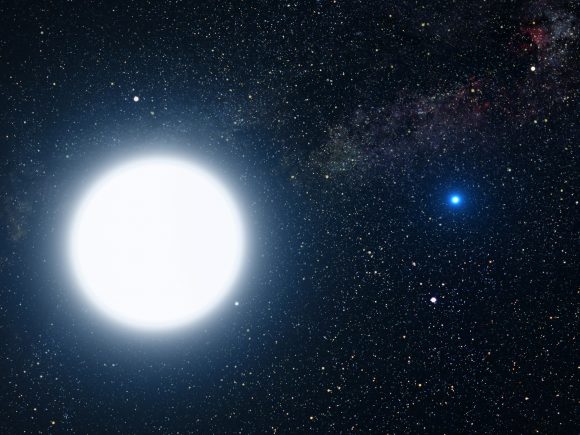
In Ancient Greek mythology, Sirius represented the eye of the Canis Major constellation. Along with Canis Minor, it formed the Great Dog that diligently followed Orion, the Hunter. In Chinese astronomy, the star is known as the star of the “celestial wolf” and lies in the Mansion of Jing. And when Ptolemy created his influential astronomical tract in the 3rd century CE (the Almagest), he used Sirius as the location for the globe’s central meridian.
By the mid-19th century, astronomers determined that Sirius is actually a binary star system. Essentially, the star system consists of a main sequence white dwarf that is roughly two Solar masses and a white dwarf that is slightly more massive than our Sun. Sirius’ bright appearance means that astronomers have had plenty of light to study the star’s properties, but also causes it to outshine other celestial objects in its vicinity.
However, in the course of counting the stars around Sirius, Gaia’s sophisticated instruments managed to detect the Gaia 1 Cluster for the first time. News of both this cluster and another newly-discovered one (the Gaia 2 Cluster) became public after the first release of Gaia data, which took place in September 2016. News of this discovery sent ripples through the astronomical community and has led to much research into this cluster and its companion.
News of the discovery also prompted attempts to visually capture the cluster. Roughly a year ago, Harald Kaiser – an amateur astronomer from Karlsruhe, Germany – attended a public talk about the Gaia mission, where he learned about the Gaia 1 Cluster being spotted near Sirius. Kaiser then eagerly waited for the next clear night so he could find the cluster himself using his 30 cm telescope.
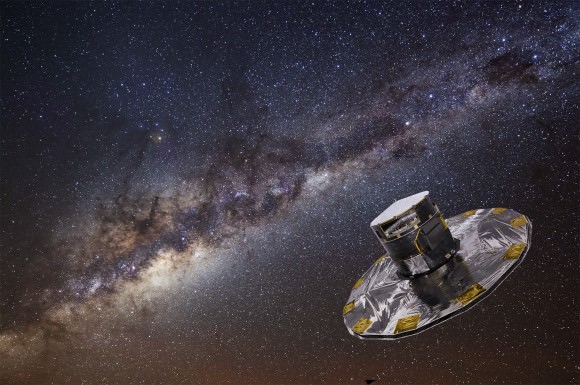
After snapping a picture of Sirius and correcting for its bright glare, he was able to capture some of the brightest stars in the cluster. As you can see from the image he took (at top), the cluster lies slightly to the left of Sirius and shows a smattering of some of its largest and brightest stars. In addition to revealing the location of this cluster, Kaiser’s efforts are also part of a larger effort to capitalize on the Gaia mission’s progress.
According to a study released in February of last year – led by Sergey Kopsov of Carnegie Melon University – Gaia 1 is a particularly massive cluster. In essence, it weighs in at an impressive 22,000 Solar Masses, is about 29 light-years (9 parsecs) in diameter, and is located 15,000 light years (4.6 kiloparsecs) from Earth. In addition to its size and the fact that it was previously undiscovered, it’s proximity also makes it an opportune target for future research.
The announcement of this cluster has also caused a fair degree of excitement in the scientific community since it validates the capabilities of Gaia and serves as an example of the kinds of things it is expected to reveal. Astronomers are now looking forward to Gaia’s second data release (planned for April 25th) which is expected to provide even more possibilities for new and exciting discoveries.
And be sure to check out this video about the Gaia mission, courtesy of the ESA:
Further Reading: ESA

